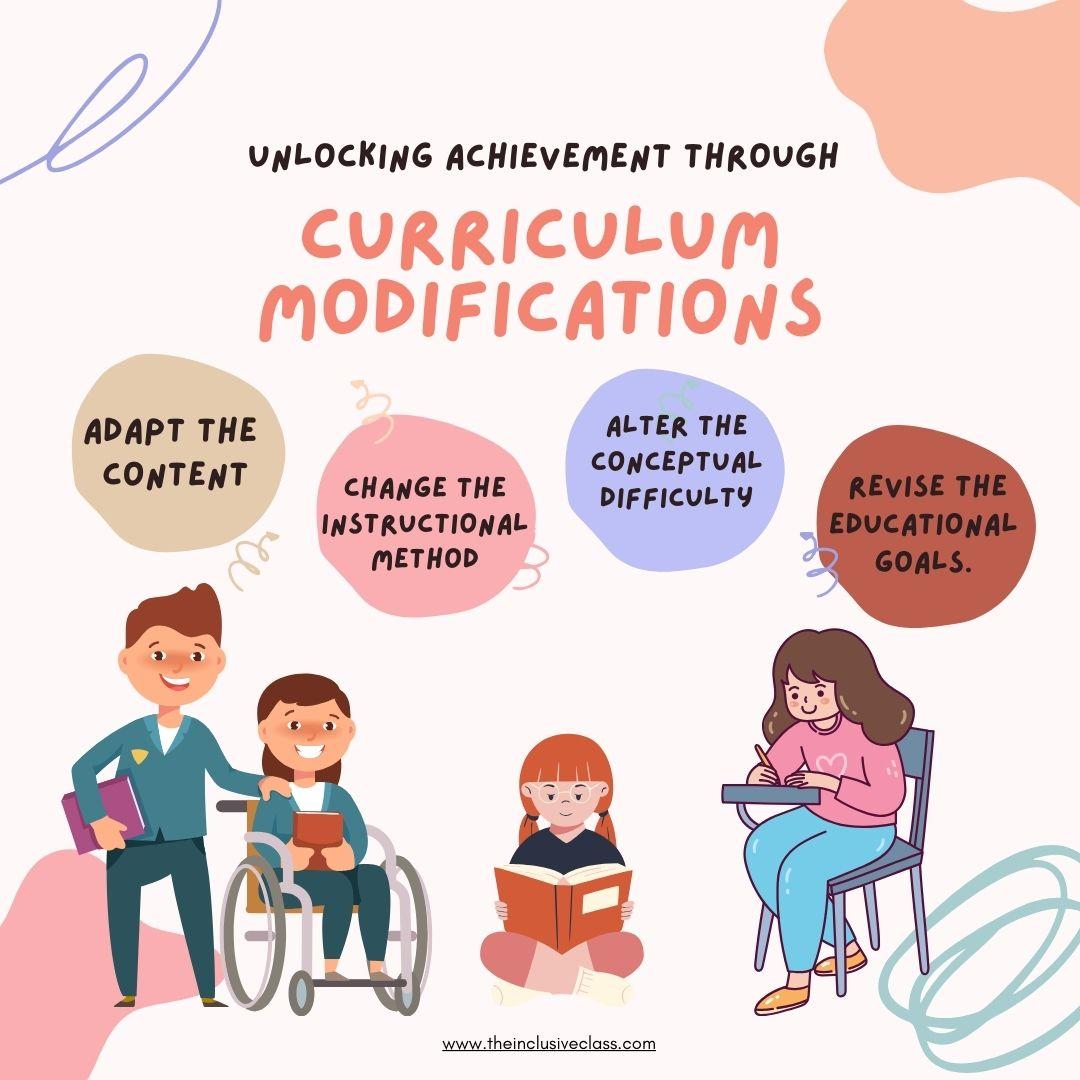Designing Inclusive Curricula: strategies for Engaging Diverse Learners in Every Classroom
In today’s increasingly diverse educational landscape, designing inclusive curricula is an essential practice for teachers and school leaders.An inclusive curriculum ensures that all students, regardless of their backgrounds, abilities, or learning preferences, can access quality education and thrive academically. By integrating best practices for engaging diverse learners, educators promote equity, respect, and a sense of belonging in every classroom.
What is Inclusive Curriculum Design?
Inclusive curriculum design refers to teh deliberate planning and structuring of educational content, teaching methods, and assessment strategies to cater to the unique needs of all students. This approach recognizes diversity in language,culture,abilities,gender,and socioeconomic backgrounds,actively working to remove barriers to learning.
- Accessibility: Ensures materials and activities cater to various abilities,including those with physical,sensory,or cognitive differences.
- Representation: Integrates diverse perspectives, identities, and experiences into lessons and resources.
- Equity: Provides customized support to help all students reach their full potential.
Benefits of Inclusive Curriculum Design
- Improved Learning Outcomes: Engaged students learn better, leading to higher achievement across diverse groups.
- Greater Engagement: Students see themselves reflected in classroom content, fostering a deeper connection to their education.
- Enhanced Social-Emotional Growth: Inclusion promotes empathy, acceptance, and collaboration among peers.
- Reduced Achievement Gaps: Targeted support and accommodations help close performance gaps among learners.
- Readiness for Global Citizenship: Exposure to diverse perspectives equips students with critical 21st-century skills.
Core Strategies for Designing an inclusive Curriculum
1. Know Your Learners
- Build Student Profiles: Collect information on students’ backgrounds, languages, interests, and learning preferences through surveys, informal conversations, and classroom observations.
- Foster Relationships: Establish trust and open communication to better understand student perspectives and needs.
2. differentiate Instruction
- Flexible Grouping: Use varied grouping strategies—like mixed-ability pairs, interest groups, or independent tasks—to cater to different learners.
- Tiered Assignments: Offer multiple versions of tasks to challenge advanced students while supporting those who may need additional scaffolding.
- Worldwide Design for Learning (UDL): Implement UDL principles by presenting content in multiple formats (videos, text, audio) and allowing students to demonstrate understanding in diverse ways.
3. Provide Culturally Responsive content
- Diverse Resources: Incorporate books,examples,and case studies that reflect a wide range of cultures,identities,and worldviews.
- Inclusive Language: Use language that respects all communities and avoids stereotypes or biases.
- Relevant Contexts: Connect learning objectives to students’ real-world experiences and communities.
4. Ensure Accessibility
- Adapt materials: Provide large print, captions, or screen-reader accessible resources as needed.
- accessible Technology: Use learning management systems and digital tools that comply with accessibility standards (such as WCAG 2.1).
- Physical Layout: Arrange classroom spaces to accommodate mobility aids and ensure clear sightlines for all.
5. Foster a Positive, Inclusive Classroom Community
- Establish Norms: Develop class rules that value respect, collaboration, and curiosity.
- Empower Student Voice: Involve students in decision-making about projects, topics, and the classroom environment.
- Celebrate Diversity: Encourage gratitude for different backgrounds, celebrating cultural events and achievements.
Practical Tips for Teachers: Making Every Lesson Inclusive
- Begin with Clear Objectives: State learning goals using student-pleasant language and clarify the relevance of the topic.
- Offer Choices: Allow students to select projects, reading materials, or assessment formats when appropriate.
- Check for Understanding Regularly: Use formative assessments, exit tickets, or digital polls to gauge student progress.
- Incorporate Collaborative Learning: Design activities that require teamwork, discussion, and peer support.
- Provide Feedback: Offer constructive, timely feedback that is specific to individual progress and encourages growth.
- Support Language development: For multilingual classrooms, offer key terms in home languages and encourage code-switching when helpful.
Case Studies: Inclusive Curriculum in Action
Case Study 1: Differentiating Math Instruction
At a suburban middle school, a math teacher implemented tiered math tasks to address diverse learner needs. Advanced students were offered open-ended projects connecting algebra to real-life scenarios, while students requiring support received visual aids and hands-on manipulatives. This approach led to increased confidence, higher assessment scores, and more positive attitudes toward math among all students.
Case Study 2: Integrating Multicultural Literature
In a metropolitan elementary school, the English curriculum was redesigned to include books portraying characters from various cultures and backgrounds. Teachers facilitated classroom discussions on identity, belonging, and empathy, increasing student engagement and fostering a respectful, inclusive environment.
Firsthand Experience: Voices from the Classroom
“When I started using flexible grouping and student choice in my science class, participation skyrocketed—even from students who were previously disengaged. By letting students share their stories and connect lessons to their lives, I saw not only improved academic outcomes but also stronger classroom relationships.”
— Ms.Taylor, High School Science Teacher
Challenges & Solutions in Inclusive Curriculum design
-
Challenge: Large class sizes or limited resources.
Solution: Leverage collaborative planning, peer support, and digital resources to expand reach and impact.
-
Challenge: Lack of training in inclusive pedagogy.
Solution: Pursue professional development,join educator networks,and share strategies with colleagues.
-
Challenge: Curriculum constraints.
Solution: Adapt lessons creatively within required frameworks—integrate diverse perspectives wherever possible.
Conclusion: Building a More Inclusive Educational Future
Designing inclusive curricula is more than a trend—it’s a commitment to the success and well-being of every student. By adopting intentional strategies, embracing diversity, and removing barriers, educators can create classrooms where all learners feel valued and empowered. The journey toward truly inclusive education is ongoing, but every step taken makes a profound difference in the lives of students and the broader community.
For teachers, school leaders, and education advocates, staying informed about best practices and continuously reflecting on curriculum design is key to fostering an engaging, equitable, and vibrant learning environment.

